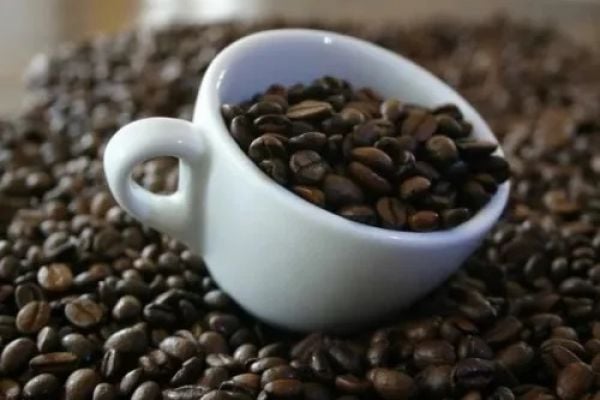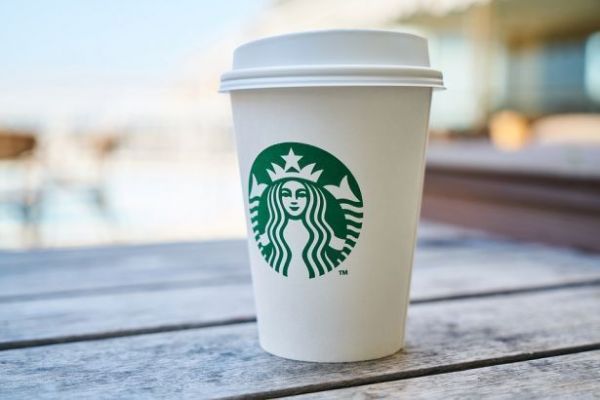Beer sommeliers are the rarest of breeds, but with the growing palette for interesting options in Ireland, could this soon change? Emily Hourican speaks with Fiona Smith, someone who knows a thing or two about beer education.
The point at which personal passion becomes a viable business is always an interesting. Fiona Smith, managing director of The F&B Partnership, set up the company in 2004 in order to educate the industry about every aspect of beer. To do so, she took voluntary redundancy from Whitbread, where she had worked for 15 years. “I started out as a graduate in the Whitbread Beer Company, and worked in various sales and marketing jobs. For much of that, I was working with big household name brands such as Stella Artois and Becks, and yet, I didn't know very much about beer. I knew a lot about sales and marketing, but not so much about beer itself. At the time, beer was marketed in terms of brands, very FMCG (meaning Fast Moving Consumer Goods to us non-industry folk; ie, products that are sold quickly and at relatively low cost). People were overlooking the fact that you consume these products.”
Fiona had long been flying the flag for a totally different approach, something based much more on a examination of other categories. “I recognised all these trends,” she says. “I thought, 'the bewing industry is really behind here.' Bread from different countries was taking off, the yoghurt market was exploding. I looked at that rather than other alcoholic beverages.” At the time, Whitbread, like all the brewing companies, were concentrating on the lads market: “tv, drinking occasions, sporting events. I was saying, 'there's more...' The food market is £79 billion, the beer market is £36 billion, there are 49 million adults in the UK and they eat three times a day... And lo and behold, what I predicted came true. In the UK now, more alcohol is consumed on food occasions than solo. This has been a huge switch. Even on weekdays that holds true. This isn't the case in Ireland yet, but it's moving in that direction. Outlets that provide food as well as drink are flourishing; places that metamorphise throughout the day and capture different audiences. They might start with coffee, move to lunch and then evening meals ... those are the most successful bars these days.”
When Fiona's daughter was three, she took voluntary redundancy from Whitbread in order to set up her own company and really teach people about beer. “I wanted to really educate people about beer – the history, the process, different tastes and types; the full A-Z. And I wanted to educate the public as well as the industry. Our first job was Taste of London in Somerset House, the first one they ever did. We showcased beer through sampling and talking to people about what was then the new thing, beer and food.”
Time of course proved Fiona right. “Food is a massive interest now,” as she points out. “We eat out a lot more, and much more spontaneously (70% of all eating-out occasions in the UK these days are spontaneous).” And the idea of matching food with beer, although it has a way to go, is far from the outre suggestion it was.
“I recognised also that the brewing industry needed to work together; their competition wasn't each other, it was wine and soft drinks and cider; other alcohol categories. Back when I started, the brewers tended to focus on each other. In fairness, that has changed and now, they are all happy that I work for all of them.” These days, Fiona works with a full range of companies, including AB-Inbev, Molson Coors, Diageo, Heineken UK and Ireland, Carlsberg UK, C&C Group Ireland and Tennents’ Caledonian Breweries, offering marketing and training consultancy?Her ambition is “to grow the category, make it more interesting for the consumer and create positive stories around beer.” Part of this involves tapping into the craft beer market, something that is very much on the radar of the big beer companies. “They all produce more artisanal-feeling beers now, they market them as something a bit quirky, not mainstream. And there is big interest in it; all the major breweries have interesting beers in portfolio and are actively looking at diversifying.”
Pubs that are adpopting a similar approach are also finding a receptive audience for their endeavours. Fiona cites Mulligans on Poolbeg Street – “they are focussing on that market very successfully” – and Against The Grain on Camden Street – “fantastic, so many beers, such variety” - as particularly successful in what they set out to do.
“I champion beer, the big brands and small. It's not about 'this beer is better than that beer,' or 'beer is better than wine', it's about getting beer on the same platform as wine in terms of food matching. People are receptive to the idea, but they have to be convinced. You really need to get them to try it for themselves.”
Fiona believes that the easiest place to start is with dessert. “Stout is a fantastic drink to have with chocolate... peole look sideways at me when I say that, but once they taste them, they are convinced. Beer is actually easier to match with desserts than wine is,” she insits. “Without being too technical, it has to do with signposts around what beer is made of. Stout tastes of chocolate, toffee or coffee in a glass, and so its easy to match. Murphy's, for example, a really lovely coffee cake would be stunning with it.”
The other good place to start, Fiona says, is with cheese. “In the US they have beer and wine wars with cheese; they have a range of beers and wines to try with the same cheeses, and beer has won in the last years. It is low in alcohol, matches the flavours just as well, if not better, than wine, and so its just a question of educating people to that.”
So where does Fiona see the market going in the next five years? “I think beer is really coming into its own – it is low in alcohol, so you can have one at lunch, say, and still go back to work. But mainly, its the flavour matching. Glassware makes a big difference, and we need to get good at that. Glasses are designed to accentuate the best characteristics of a beer. A goblet/ chalice style glass works where the aromas are part of the best. Whereas, some of the German wheat beers might come in tall glasses because aromas aren't the most important thing there; its about drinking through the head, so keeping the head tighter for longer. Other glasses keep beer cool for longer. I think we will also see a move away from pints and half pints, to smaller, more refined, branded glasses. We will improve ways of serving beers, and continue to educate around that. The beer market is going to continue to diversify. We're going to see more interesting beers and taps, but we're going to consolidate as well – there are already have too many taps on our bars – so we will see more interesting fridges, and more choice.” In all, a quiet revolution for beer.
Festive beer and food pairing ideas:
Smoked salmon and prawn cocktail starter – try a Hoegaarden or Heineken.
Turkey with all the trimmings – O’Hara’s Irish Red Ale or Zywiec, which go especially well with the cranberry and bread sauces
Christmas pudding with brandy butter – Leffe Blonde or Blue Moon.
Chocolate yule log – with your favourite stout; any of them are fantastic.
Cheese – Affligem or Worthington White Shield.
St Stephen's Day turkey curry – Paulaner Hefe-Weissbier or Cobra









